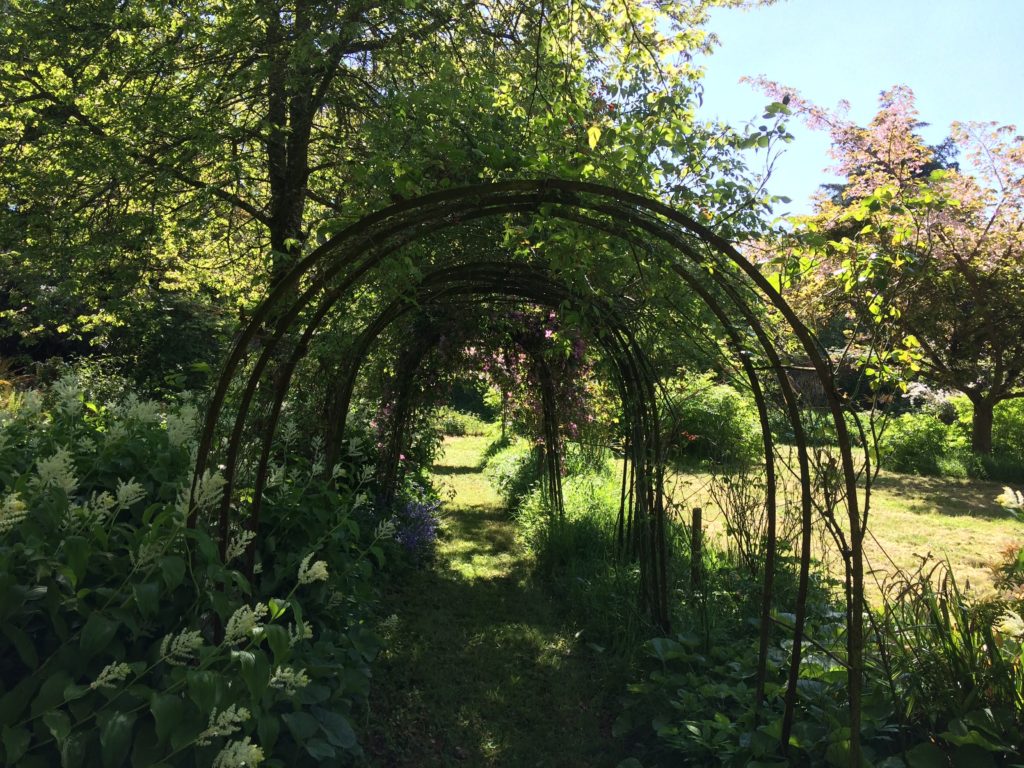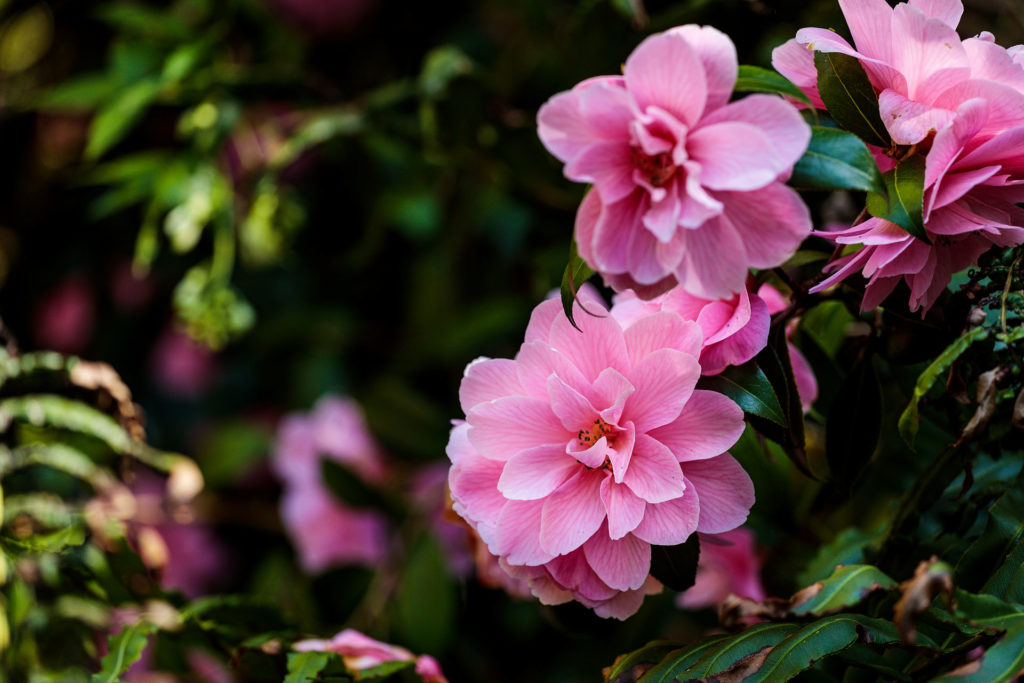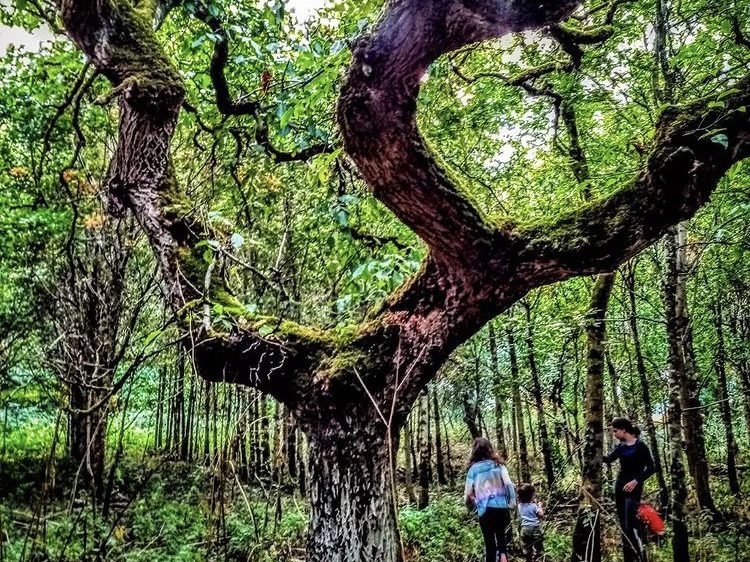
The Walled Garden
The walled garden began in 1777 when Charles Hamilton I built its walls. Part of the wall existed as stone, but this was later added to in brick. To make it look like a seamless brick wall, the stone walls were rendered and the brickwork painted on. At the time, the walled garden was mainly used to grow fruit, vegetables and flowers for the household. Charles II created the rock garden and with his wife Caroline, they designed the triangular shaped Knot garden. Charles III, otherwise known as Charles William, was an amateur artist as was his wife Letitia Armstrong and created to the front and rear of the house a parterre – an intricate design of flowers in beds which would resemble a cluster of fine jewels at a distance.
CW also planted the Pine Walk in around 1860 when exotic trees from different parts of the world became available particularly from North America and the Himalayas. The Monterey Pine Deodars and Sequoia are all over 150 years old. Charles Robert who succeeded in 1880, started a society which financed plant hunters who sent back seeds to Kew Gardens where they were propagated and distributed. These were exciting times. CRH built several greenhouses where a variety of exotic fruits (peaches, nectarines and grapes) vegetables and decorative flowers were grown. One was dedicated entirely to orchids. Twice weekly a cart load of produce would be delivered at Messrs. Lightfoot wholesalers and then sold via retailers in the Dublin Corporation’s Fruit and Veg Market, which closed in 2019 after 130 years of trading. There was also a fernery created in the yard where it was allowed suitable shade -this is in the process of being restored.
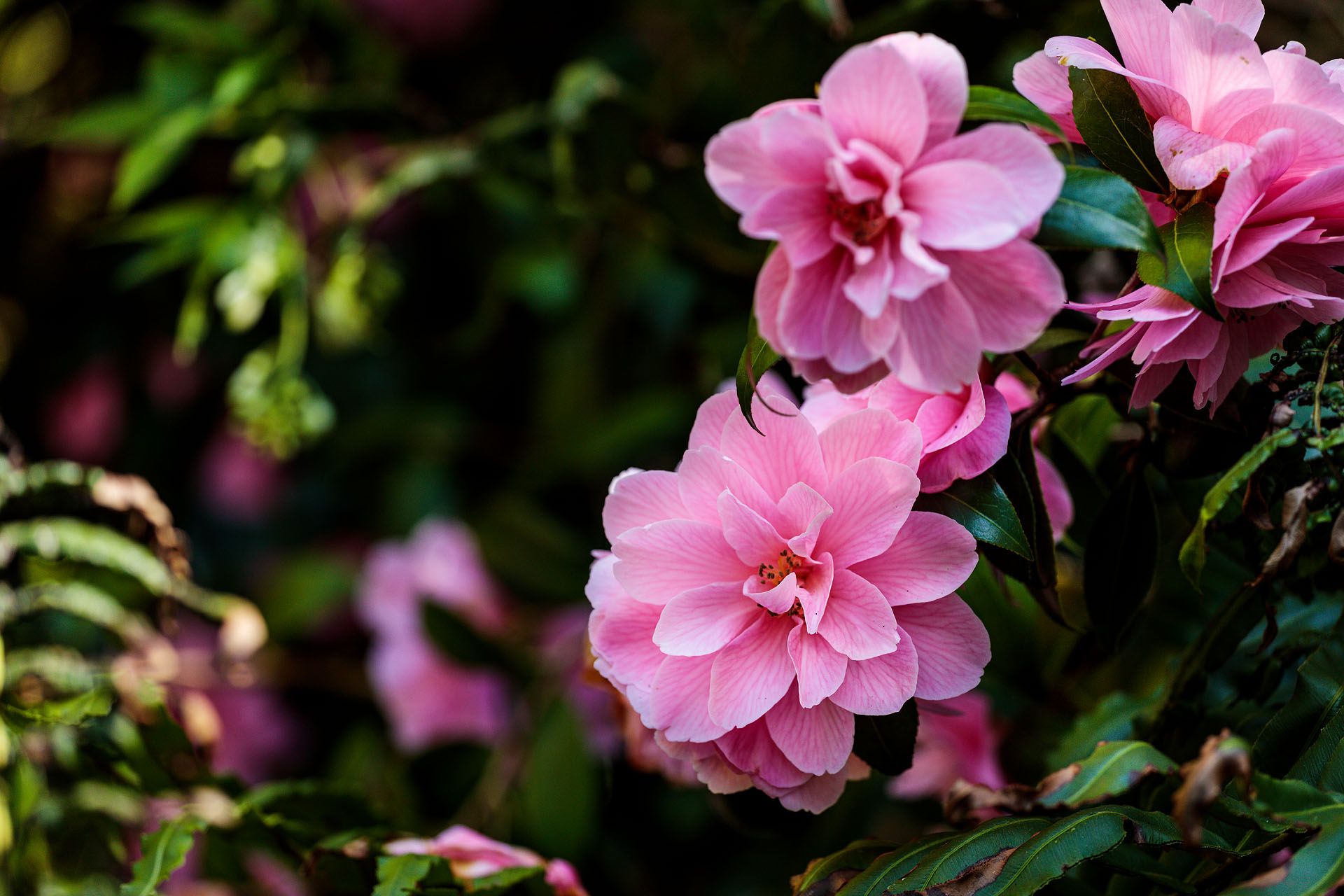
There are believed to be over 10,000 species of fern and in the latter half of the 1800’s there was a craze for them, particularly when displayed among marble statues and garden ornaments. CRH divided the walled garden into squares with yew hedges trimmed into the shape of battlements. In these squares were lawns with flower beds dedicated to a particular species -peonies, irises, roses etc. Many of the shrubs along the trail and woodland were planted around this time when the garden was at its zenith. There was a head gardener from Kew Gardens in London with his son, who trained there as an assistant. The family comprised of six daughters who all helped out with their artistic skill coming to the fore. In particular, Letitia, Eva and Connie took a great interest. Connie even trained as a landscape designer under Sir Frederick Moore, the Keeper at the Botanic Gardens Glasnevin, who was a great friend of CRH.
In the 1920’s came the Irish Free State and effectively the demise of such gardens as these, as gradually heavy taxation took its toll. Labour had to be continually reduced and all the glasshouses and other structures fell into dereliction. During the last 100 years the gardens have been tended to by enthusiastic owners and part-time helpers and is currently being restored by the current occupiers after many years of overgrowth. The new woodland trail is now open and follows the original walks that the family would have trod over centuries ago. The sense of history is omnipresent.

Hamwood Woodland trail
The “Lost Woodlands” rediscovered …
The newly restored Woodland trail of aprox 1.6kms circumnavigates the woodland and gardens and skirts the surrounding land lending long views over the rolling countryside.
The route takes the visitor down the Pine Walk which was designed and planted mainly in mid 1800’s by CWH . He planted most of the pines including Deodars , Lawson Cypress , Sequoias and the Champion Monterey pine. Subsequent owners have added colourful Camelias , Maples and Magnolias as well as an abundance of spring flowers . From Jan/Feb there is a constantly changing carpet of snowdrops ,daffodils , bluebells and hellebores.
After the Pine Walk there is a maturing plot of oak trees grown on what was once the orchard . There still remains some of the old apple and cherry trees and a walnut tree. Often the deer will rest here during the harsh winter times to benefit from the shelter.
The lane follows along down the sunken lane -designed so that livestock and carts could be transported along without disturbing the view from the house – finally reaching the Thuya Walk which was discovered from old photographs as it had become completely obscured by overgrowth.
The trail ends in the Walled Garden by the car park.
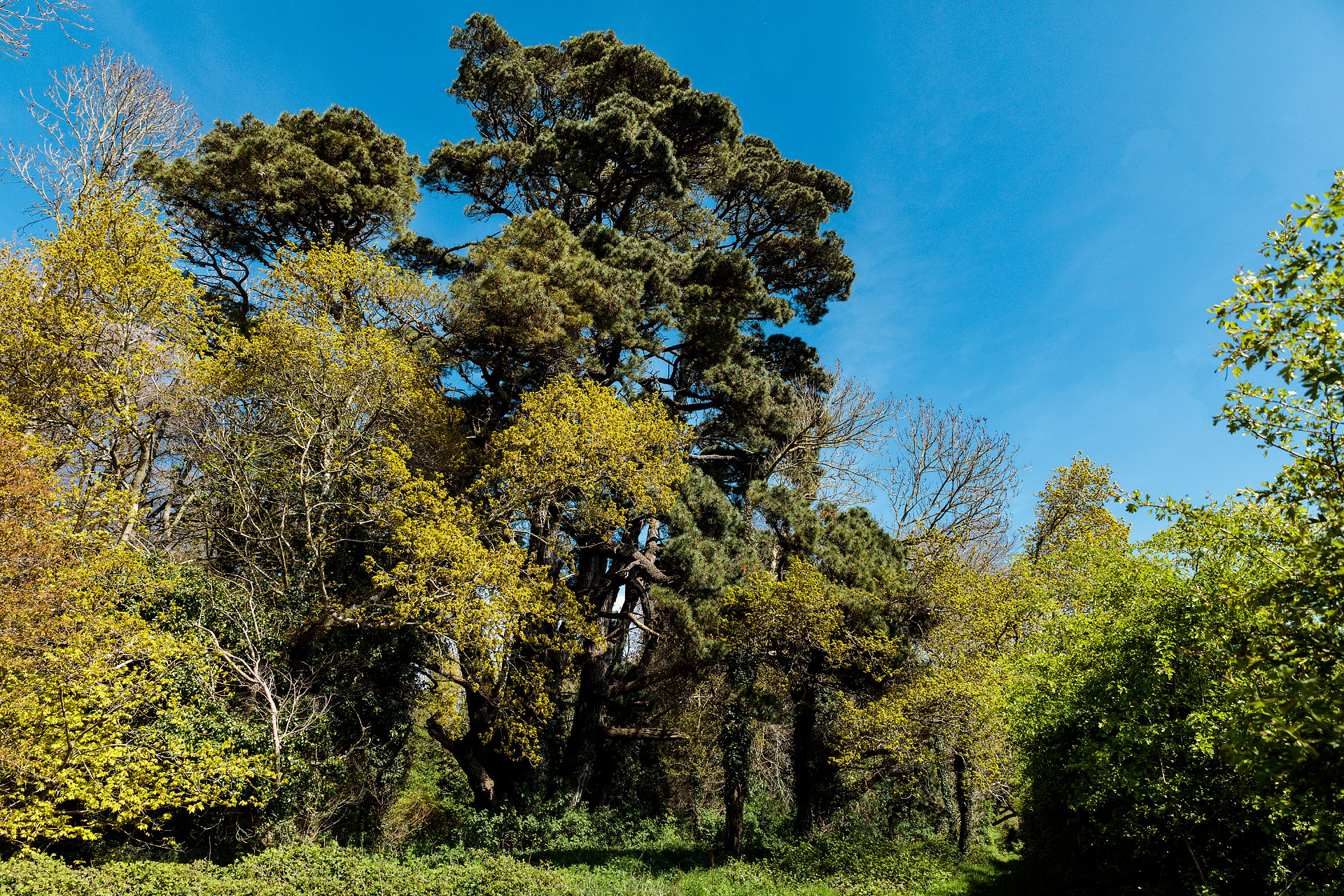
List of trees along Hamwood Trail
- EMBOTHRIUM
Chilean fire bush - FAGUS SYLVATICA PENDULA
Weeping beech - FAGUS SYLVATICA ASPLENIIFOLIA
Fern-leaved beech - CEDRUS LIBANI
Lebanon cedar - ARAUCARIA ARAUCANA
Monkey puzzle - CALOCEDRUS DECURRENS
Incense cedar - SEQUOIA SEMPERVIRENS
Redwood - TAXODIUM DISTICHUM
Swamp cypress - PINUS INSIGNIS
Monterey Pine - CEDRUS DEODARA
Himalayan Deodar - CHAMAECYPARIS LAWSONIANA
Lawson’s cypress - CEDRUS ATLANTICA GLAUCA
Blue cedar - PICEA SITCHENSIS
Sitka spruce - FRAXINUS
Ash - CUPRESSUS MACROCARPA
Monterey Cypress - ARAUCARIA ARAUCANA
Monkey puzzle tree - SEQUOIA GIGANTEA
Wellingtonia - PINUS NIGRA
Crimean pine - CEDRUS ATLANTICA GLAUCA
Blue cedar - MAGNOLIA KOBUS
Japanese magnolia - HYBISCUS SYRIACUS
Korean rose tree - RALIA ELATA
Japanese Angelica tree (Devils walking stick) - TRACHYCARPUS FORTUNEI
Chinese windmill palm / Fan palm - ABUTILON VITIFOLIUM ‘ALBUM’
Indian mallow - AESCULUS CARNEA
Red horse chestnut (Planted in memory of the two infant sons who died ca 1880’s.)
ADDITIONAL KEY
A= AZALEAS
B= BERBERIS
C= CRYPTOMERIA JAPONICA
R=ROCKERY
RH=RHODODENDRON
Z= ZEN GARDEN (Proposed)





